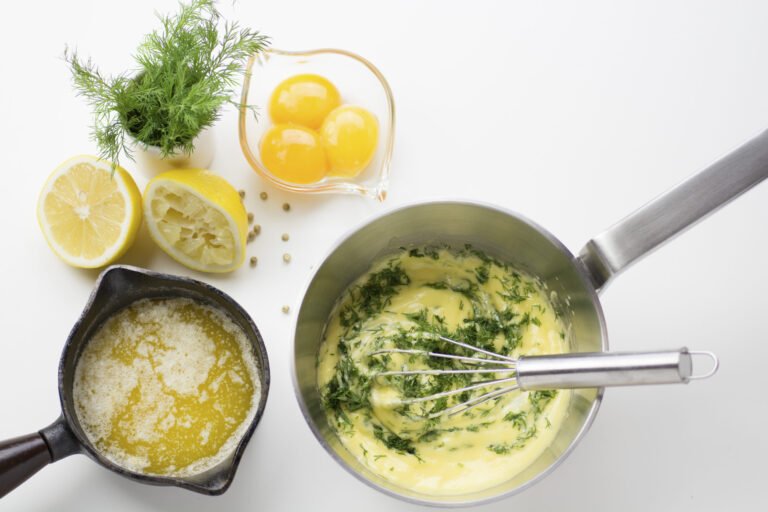Meat Cooking Degrees and Marbling: What is Your Choice?
Why Is Cooking Healthy Meat Important? First of all, for an ideal meat such as a soft Turkish delight, meat selection comes first. The key to soft meat is the texture called marbling, and it should definitely be from a well-rested meat as well as the slaughtered animal. The meat of the freshly slaughtered animal…
Why Is Cooking Healthy Meat Important?
First of all, for an ideal meat such as a soft Turkish delight, meat selection comes first. The key to soft meat is the texture called marbling, and it should definitely be from a well-rested meat as well as the slaughtered animal.
The meat of the freshly slaughtered animal forms a hardness called the “hardness of death” called the Rigor Mortis reaction, thus creating difficulties in cooking and cooking meat. The key point here is that the consumption of meat after slaughter should be at least 48 hours and a maximum of 28 days. Dry aging process in special cold rooms such as Dry-Aged production is applied in this way.
Of course, another issue arises from the common practice of improper cooking. Incorrect marination can also make the meat harder than soft; The meat you consume will lose its nutritional value by creating protein, vitamin and mineral losses.


How Should You Cook Your Meat?
There are 5 generally accepted degrees of cooking, but there is actually one more degree of cooking that is not used much among them, almost never cooking. It is also referred to as “Bleu”.
Bleu:
Both sides of the meat are watched on the grill for 30 seconds. Although it is not preferred much, it is an ideal and healthy cooking method at high temperatures for those who want to eat a fresh meat.
Rare:
In a short time at high temperature, both sides of the meat are sealed for 1 minute. The meat preserves all its nutritional value and liquid, and the meat is served 5 minutes after cooking. The inside of the meat is very soft and red.
Medium Rare:
Both sides are sealed for 2 minutes, the inside is very soft and light pink.
Medium:
After sealing, both sides are cooked for 3 minutes at medium temperature, only the middle of it remains slightly pink.
Medium – Well:
After sealing, it is cooked until the inside is slightly wet. The flesh loses its pink color.
Well Done:
Meat is now completely killed, there is no liquid in it, and it is not a method we recommend in terms of nutrition.

With your thumb and other fingers, you can measure the meat cooking degree with the soft and hardness of your hand.
Quick Culinary Tips
What is Marbling? Balanced Distribution of Fat in Meat
These patterns on meat are actually animal fats, so it depends largely on the animal’s diet, the breed of cattle. The marble texture of cattle fed with grain is quite high compared to cattle fed with grass. It is difficult for the animal to collect fat by eating grass alone.
Although grass-fed beef is expensive, you may not even get close to it due to the marble pattern and the price of a high-scoring meat. Marble texture is rating from 0 to 10+. The more evenly the marbled texture of the meat is distributed, the more it fits the meat and therefore becomes expensive. You may have heard of Japanese Kobe meat, you can pay around $ 400 USD for a finely sliced plate of Wagu meat.

How to Tell the Difference Between Real and Fake Wagyu Beef
Wagyu beef is the pinnacle of luxury dining around the world. Highly rewarded by several select restaurants and admired by top chefs around the world, Wagyu is ranked as the world’s most expensive meat due to its incredibly high price.
Of course, with potential popularity and exclusivity, this unfortunately pushes meat in the direction of counterfeiting and fraud. Most people have seen the beef known as ‘Wagyu’, but since they don’t taste it, it is not possible to distinguish its imitation.
Wagyu beef is born and raised in Japan from only four types of beef (Japanese Black, Japanese Brown, Japanese Polled and Japanese Shorthorn). The careful cultivation of Wagyu dates back two thousand years, when each farm had unique feed formulas and techniques handed down from generation to generation and is shrouded in myth and mystery.
It’s not just the breed that makes the Japanese Wagyu. All varieties are grown and cut in a particular prefecture and specific regions of Japan. After the slaughterhouse has processed the animal, an inspection is carried out by three separate (and highly qualified and respected) inspectors. Then they assign a class to the meat according to strict standards.






